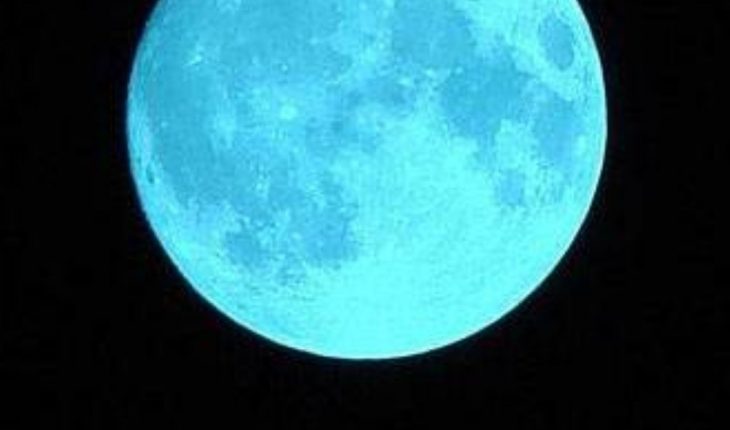
Mexico.- Who has not gone out to have fun during the halloween?, day of the year when millions of people around the world enjoy different ways; costumed or not, eating/ordering candy, attending themed parties, or just drinking alcohol with friends. However, on 31 October it will be possible to live in a different way thanks to a rare phenomenon. The coronavirus pandemic has caused most people to set aside celebrations so as not to get infected disease, so “The Blue Moon” will be the ideal pretext to enjoy the so-called “witch’s day” under different conditions.
Stay informed about what matters most to you
Get the most relevant news of the day in your e-mail
Thank you for subscribing!
Check your inbox to confirm your email and start getting the latest news
Take advantage and take the next step
Get our news alerts so you don’t miss anything
Receive notifications
Not bad! You’ve subscribed to notifications
Set up and choose your preferences
Set up notifications
Enter your e-mail
Subscribe
Subscribing involves accepting the terms and conditions
Not bad! You’ve subscribed to notifications
Set up and choose your preferences
To explain what this phenomenon is we must first talk a little about the operation of the full moon, which occurs every 29.5 days, time that lasts a lunar month, so if the full moon falls at the beginning of the month there may be time for the moon to be full again at the end of it. When a blue moon occurs, that year it has 13 full moons instead of 12.
Despite the name, it should be noted that it is merely symbolic, because it cannot be appreciated of that color, so why is it called that? The most widespread hypothesis is that it comes from the medieval English “belewe”, which means “betray”, and then led to blue, “blue”. It would therefore have referred to a treacherous moon. However, other theories point to possible, more superstitious origins, such as that this moon was once thought to be unlucky (the blue color is associated with sadness) or that the name comes from the English expression “once every blue moon”. No matter what the name means, or if it really is of that color, everything can be centralized to the second full moon of a month, or, if any, of a station named after it.





